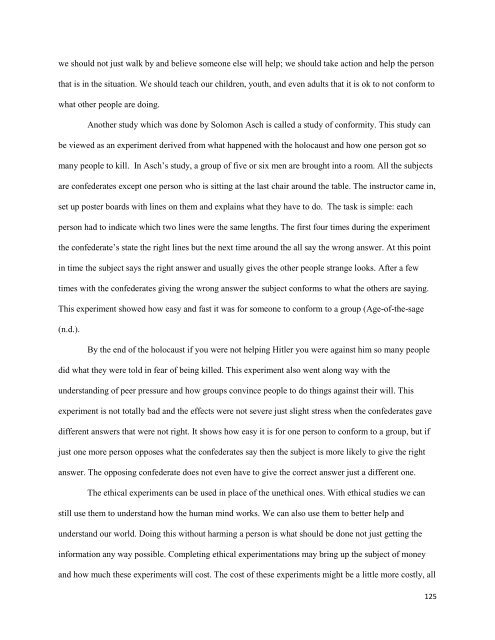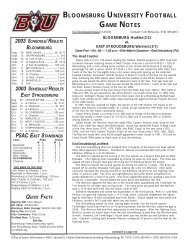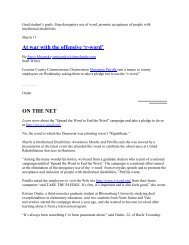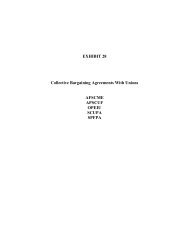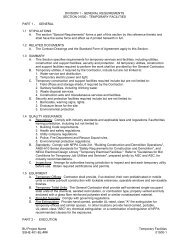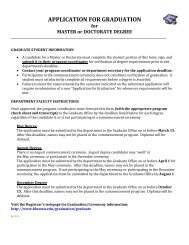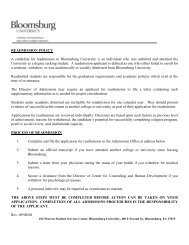Human Rights at Home and Abroad: Past, Present, and Future
Human Rights at Home and Abroad: Past, Present, and Future
Human Rights at Home and Abroad: Past, Present, and Future
You also want an ePaper? Increase the reach of your titles
YUMPU automatically turns print PDFs into web optimized ePapers that Google loves.
we should not just walk by <strong>and</strong> believe someone else will help; we should take action <strong>and</strong> help the person<br />
th<strong>at</strong> is in the situ<strong>at</strong>ion. We should teach our children, youth, <strong>and</strong> even adults th<strong>at</strong> it is ok to not conform to<br />
wh<strong>at</strong> other people are doing.<br />
Another study which was done by Solomon Asch is called a study of conformity. This study can<br />
be viewed as an experiment derived from wh<strong>at</strong> happened with the holocaust <strong>and</strong> how one person got so<br />
many people to kill. In Asch‘s study, a group of five or six men are brought into a room. All the subjects<br />
are confeder<strong>at</strong>es except one person who is sitting <strong>at</strong> the last chair around the table. The instructor came in,<br />
set up poster boards with lines on them <strong>and</strong> explains wh<strong>at</strong> they have to do. The task is simple: each<br />
person had to indic<strong>at</strong>e which two lines were the same lengths. The first four times during the experiment<br />
the confeder<strong>at</strong>e‘s st<strong>at</strong>e the right lines but the next time around the all say the wrong answer. At this point<br />
in time the subject says the right answer <strong>and</strong> usually gives the other people strange looks. After a few<br />
times with the confeder<strong>at</strong>es giving the wrong answer the subject conforms to wh<strong>at</strong> the others are saying.<br />
This experiment showed how easy <strong>and</strong> fast it was for someone to conform to a group (Age-of-the-sage<br />
(n.d.).<br />
By the end of the holocaust if you were not helping Hitler you were against him so many people<br />
did wh<strong>at</strong> they were told in fear of being killed. This experiment also went along way with the<br />
underst<strong>and</strong>ing of peer pressure <strong>and</strong> how groups convince people to do things against their will. This<br />
experiment is not totally bad <strong>and</strong> the effects were not severe just slight stress when the confeder<strong>at</strong>es gave<br />
different answers th<strong>at</strong> were not right. It shows how easy it is for one person to conform to a group, but if<br />
just one more person opposes wh<strong>at</strong> the confeder<strong>at</strong>es say then the subject is more likely to give the right<br />
answer. The opposing confeder<strong>at</strong>e does not even have to give the correct answer just a different one.<br />
The ethical experiments can be used in place of the unethical ones. With ethical studies we can<br />
still use them to underst<strong>and</strong> how the human mind works. We can also use them to better help <strong>and</strong><br />
underst<strong>and</strong> our world. Doing this without harming a person is wh<strong>at</strong> should be done not just getting the<br />
inform<strong>at</strong>ion any way possible. Completing ethical experiment<strong>at</strong>ions may bring up the subject of money<br />
<strong>and</strong> how much these experiments will cost. The cost of these experiments might be a little more costly, all<br />
125


